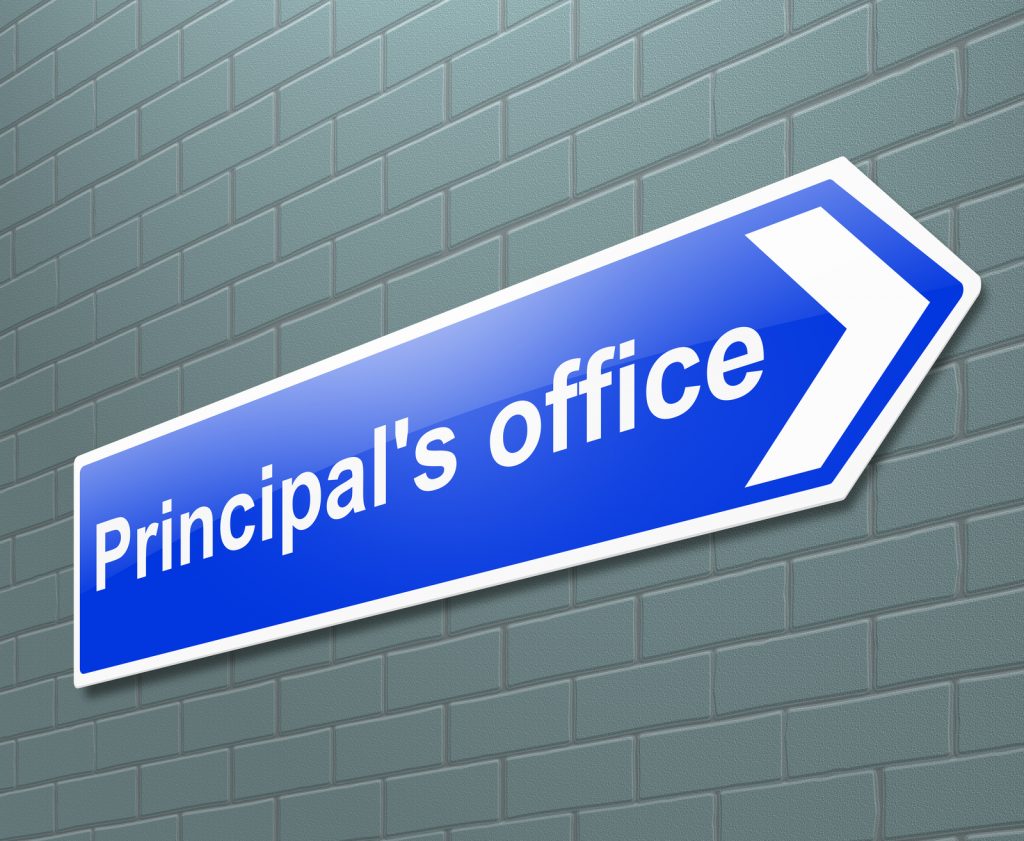
This is surreal!
“This just doesn’t feel right! I miss the kids. I miss the teachers. I miss visiting classrooms, shaking hands with students as they enter the building, laughing with teachers at lunch duty!”
This, or some version of this, is what I’m hearing from the principals I work with.
Most school leaders hate to be out of their schools. Whether it’s being called away to a district meeting or staying home sick (a rare occurrence), most principals will do anything to avoid being out of the building.
So, sitting at home–or behind your desks in empty schools–is no doubt a jarring experience.
Yet all over the country, principals like my friend Anne in Maine tell me the current crisis has raised their game.
In conversations with school leaders over the phone, Zoom, and Twitter, leaders have shared the ways they are making connections, supporting learning, and–perhaps most importantly–demonstrating their own vulnerability.
Here are some awesome examples of leading remotely:
Fostering connection:
- Asking teachers for names of students they are concerned about. Depending on the size of your school, call one or 2 from each class, each week/day. On a schedule that works for you.
- Sending a thank you note to each staff member with something you’ve admired about him/her and perhaps never said. One or two sentences goes a long way.
- Creating themed weeks–connect to school spirit and/or school mission.
A1: Search #StayConnectedCPS and see photos of our amazing and innovative students and staff taking on our Chesapeake 5Cs Virtual Challenge last week. Lifelong learners in action! #valinchat pic.twitter.com/7SbNLU9K2n
— Alaina Trott (@AlainaTrott) April 2, 2020
Instructional Leadership:
- Dropping in on a synchronous zoom session.
- Sharing an article/podcast resource.
- Offering 1:1 office hours with teachers to check in and provide any support or feedback requested
A3. Zoom #valinchat I use for office hours to hang out with the #5800family because I miss them ❤️ pic.twitter.com/YhT2cGl21b
— Shameka N. Gerald (She/Her) (@Shameka_Gerald) April 2, 2020
Vulnerable Leadership:
- Set up calls with teachers–ask them how you can do more for them–in crisis and not.
- Try a new tool publicly. It won’t be perfect, but that’s ok–we’re all in the same boat right now!
- Use this time to try something new–painting, poetry, etc–and share the results.
A2: My kids + I are challenging ourselves to try/learn something unrelated to SOLs each week. I challenged myself to learn how to watercolor + I am finding it's very calming! Making sure to carve out "me" time, being outside, and virtually connecting with friends! #VaLinChat https://t.co/3jmJiJGCZw
— Megan Howland (@meganahowland) April 2, 2020
Thanks to all who are leading…and sharing! To share more examples or get some coaching support, you can contact me here.
Read More
Let me just say this at the start–I’m in favor of systematized teacher evaluation systems. Here in Rhode Island, we have taken elements of the Danielson framework and built a rubric for professional practice from it. In our network, we’ve spent considerable time focusing on the various sub-domains via Instructional Rounds and other forms of professional development and have conducted numerous partnered observations to norm our process.
The system itself has a number of imperfections. First, a teacher’s effectiveness level in any domain is calculated using a simple average. That means that a teacher who becomes more and more effective in one sub-domain over time is not rewarded for growth. (maybe reward is the wrong term–it’s better to note that the final rating may simply be inaccurate. As a fan of standards-based grading using complete or weighted replacement in which a student’s mastery in one area is determined by his most recent grade, the practice of averaging these teacher ratings perturbs me.
Second, while the process has forced some of us to observe and give feedback more frequently, it has also become another bureaucratic exercise–so much so that where I work we’ve actually separated the observation/evaluation process and our coaching and peer feedback process. I’d love a world where the elements of coaching, support, real feedback and self reflection were companionable elements of a constructive and meaningful evaluation system.
However, what really concerns me is the possibility that focusing on the elements of the rubric could cause us to miss –or misunderstand–other events in the classroom. If radiologists–highly trained viewers–can miss a picture of a gorilla superimposed on slides they look at when searching for cancer, then it’s certainly not a stretch to think that educators might miss important classroom events, teaching practices or student actions when framing the observation in terms of a (very good) rubric only. What’s the solution? Observe with an open mind. Use partners who can observe with little or no preconceived notion of what to look for. Leave the rubric behind from time to time. Try video which allows the teacher –alone or with colleagues–to view and debrief by starting with what they noticed, staying low on the ladder of inference. Let’s just look, rather than looking for something.
Read More